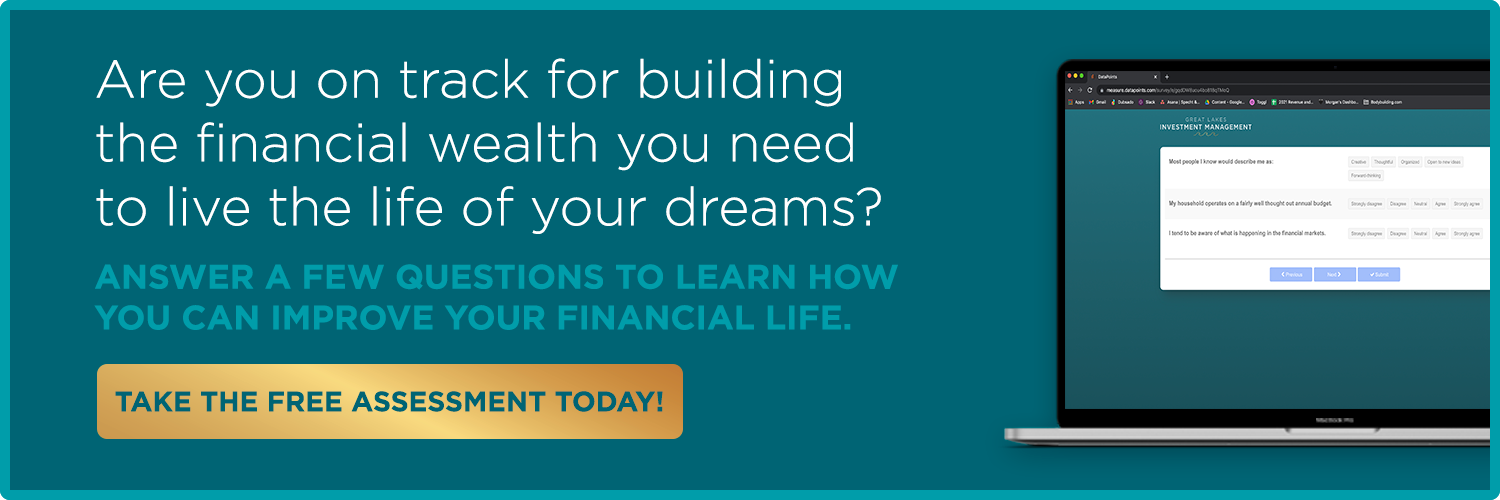Teachers, do you know the answers to these questions about your 403(b)?

As some of you know, I started my career as a teacher. Also, as a mother of three, I am frequently interacting with teachers so it should come as no surprise that many of my clients are teachers or school administrators. Through this work, I have learned that there is a lot of confusion among educators when it comes to saving for retirement. For today, I am going to focus on one specific element of the retirement plan and that's the 403(b) account.
403(b) Basics
Before I get to the questions about your 403(b) that you should show know the answer to, let's start with the basics. What is a 403(b) and why would you be contributing to it? A 403(b) is a tax-deferred retirement plan. That means the money goes in with pre-tax dollars and grows tax-deferred. It is taxed as ordinary income when withdrawn from the plan. A 403(b) is available to employees of schools and certain non-profit organizations. It's named after the section of the IRS code governing it. For 2018, the IRS contribution limit for 403(b)s is $18,500 (up from $18,000 in 2017). If you are age 50 and older, the IRS allows for an additional $6000 catch-up contribution.
Why would you contribute to a 403(b)? It can be a really good way to save for retirement as part of your overall retirement planning strategy. If you are already participating in the State Teacher Retirement System (STRS), a 403(b) is a way to supplement your income in retirement. If you don't participate in STRS, a 403(b) can be a really important type of account to utilize to reach your retirement goals. Not only that, there are lots of investment options and the contribution limits are substantially higher than they are for an IRA.
Should all teachers contribute to a 403(b)?
Not necessarily. Remember that your investment objectives and strategy should be part of your broader financial plan. You may find that you are better off maxing out a ROTH IRA than contributing to a 403(b). That way, not all of your assets are taxable when you retire. You may also want to look into a self-direct 403(b), which you can learn a bit more about here. However, if you are contributing to a 403(b), make sure you get the answers to these questions.
Related reading: 3 Benefits of a Self-Directed 401(k) or 403(b)
Ask these questions about your 403(b):
What are the costs/fees associated with the account?
As you know, nothing is free. It is common for the costs to be built into an account in such a way that they are not obvious. Some of the fees I've seen are highway robbery, especially those through some of the insurance companies! Be sure that you fully understand how much you are paying for the investment. Also, find out if there are any surrender charges on the account.
Since there has been so much confusion around these costs, CalSTRS actually created a whole website dedicated to comparing plans. You can find it at www.403bcompare.com. While your employer might not be listed on the site, it's still a great way to compare providers.
What are my investment options and how will they help me to achieve my goals?
Each investment should be selected as part of a plan to help you reach your personal financial goals. Many of the 403(b)s that I've seen are actually annuities. First and foremost, these annuities are often not designed to achieve the results people are trying to achieve and secondly, are expensive. I've seen some that cost as much as 3x as the offerings of investment and mutual funds companies. Keep in mind why you are investing in the first place - if you are trying to get the best possible return on your money then you don't want those fees eating away at your returns.
Is there a ROTH option?
Some employers offer ROTH 403(b)s as an option. The difference between a ROTH 403(b) and a traditional 403(b) is that contributions are made to the account on an after-tax basis. Withdrawals made after age 59.5 are then tax-free. This allows for greater control over your tax situation in retirement. You can work with your financial advisor to determine if it would be better to pay the taxes now or later for your individual situation.
The difference between a ROTH 403(b) and a ROTH IRA is primarily the contribution limit. You can contribute substantially more ($18,500 vs $5500) to a 403(b).
Are you a fiduciary?
A fiduciary is someone who is legally responsible for putting your interests first above all else. Many of those who advise on 403(b)s are not actually fiduciaries at all, which is why the fees are often above average. When you work with a fiduciary, you know that all recommendations that are made are designed to help you reach your personal goals. I would encourage you to get advice on your 403(b) from a fiduciary.
Not yet enrolled in a 403(b)?
First, determine if it makes sense to do so as part of your overall financial plan. If it does and you are not yet enrolled in a 403(b), ask your district for a list of approved providers. You can review the list with your financial advisor or contact the provider directly.
Let us help
 Comprehensive wealth management and financial planning with no minimum investment threshold.
Comprehensive wealth management and financial planning with no minimum investment threshold.
You’ve got plans. Let’s take the first (or next) step together today.
Great Lakes Investment Management provides comprehensive financial planning including: optimizing investments, risk analysis, debt management, tax planning, career planning, retirement planning, and more.
We’ll also manage your investments on your behalf. Learn more about personalized support that is all about helping you reach your goals efficiently.
Then, schedule a complimentary consultation to see if we’d be a good fit and talk about taking the next steps together!



